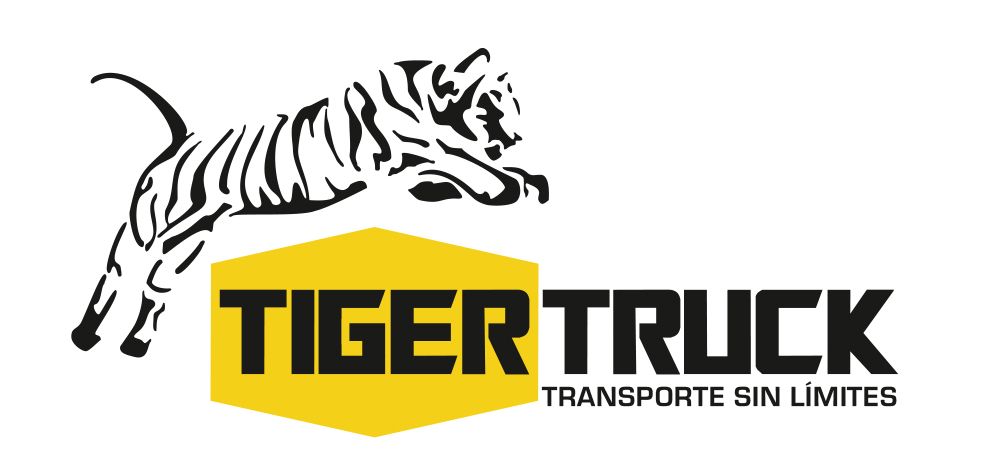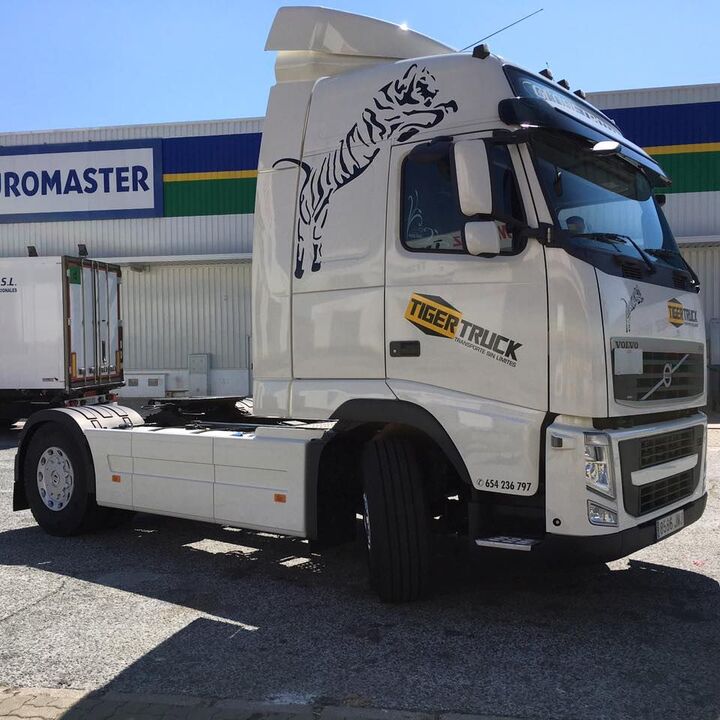The transportation of dangerous goods presents a critical challenge in global logistics, especially when dealing with items categorized as Class 9 ADR. Although these substances may not initially seem as dangerous, they can pose serious risks if mishandled. Products such as lithium batteries, environmentally harmful materials, and other miscellaneous substances require special handling to prevent accidents.
In this article from Tiger Truck, as a company specializing in road transportation of dangerous goods, we will explore in detail what Class 9 dangerous goods are, the hazards they present, and how they are regulated to ensure safe handling and transportation.
What are Class 9 Dangerous Goods?
The transportation of dangerous goods is a fundamental part of global and national commerce. In this field, Class 9 ADR refers to a specific category of regulated products under the European regulations for transporting dangerous goods by road. Class 9 encompasses substances and objects that do not fall under other hazard classes but still present a risk during transportation. These goods can have adverse effects on health, the environment, or safety.
The ADR (European Agreement concerning the International Carriage of Dangerous Goods by Road) is the key regulation governing the handling of these dangerous goods. Within this regulation, Class 9 ADR is one of the most varied, as it includes everything from lithium batteries to objects that emit toxic gases when reacting with water.
Currently, many transport companies operating between France and Spain and other European countries must strictly comply with these regulations to ensure safety and minimize risks in international road transport. But what exactly are the goods in Class 9 ADR?
What Are Class 9 Dangerous Goods?
Class 9 ADR includes a range of materials that, while they do not belong to more specific categories like explosives, gases, or corrosives, still pose a significant risk.
It includes those materials and objects that present risks during transport, distinct from those covered by other classes.
Examples: asbestos, castor meal, self-inflating rescue equipment, lithium batteries, first-aid kits, and environmentally hazardous substances, among others.
Some examples include:
- Substances that pose an environmental risk, such as certain oils or materials that may harm aquatic ecosystems if released.
- Lithium batteries (such as those used in electronic devices or electric vehicles), which can be flammable and emit dangerous gases in the event of a short circuit or damage.
- Materials that emit flammable gases on contact with water, which may not appear dangerous at first glance but can react violently if wet.
- Substances transported at high temperatures, as products that need to be kept above a certain temperature can be hazardous if not handled properly.
These goods present risks that may not be immediately visible or obvious but are crucial in managing the transportation of dangerous goods by road.
Examples of Class 9 ADR
Among the most common products regulated under Class 9 dangerous goods are:
1. Asbestos
Although not widely used anymore, asbestos remains a health hazard if its fibers are released into the air. It must be transported with extreme care.
2. Devices with components that generate flammable gases
Certain industrial or mechanical products can emit dangerous gases if not handled properly, which also classifies them as Class 9 dangerous goods.
3. Plastics contaminated with hazardous materials
These products are also classified under Class 9 ADR because they can cause significant environmental damage if accidentally released.
These examples illustrate the diversity of products that can be classified under Class 9 and the importance of proper management and transportation.
Labeling and Marking of Class 9 Dangerous Goods
To ensure safety, Class 9 dangerous goods must be properly labeled with the appropriate tag according to international regulations, such as ADR Class 9.
The ADR 9 label is used to identify products in this category. This label features a design of black and white stripes, differentiating it from other dangerous goods labels. It includes a number indicating the class to which the goods belong. Additionally, other pictograms are often used to warn of specific dangers, such as environmental hazards or flammability.
Proper labeling is essential not only for safety during transport but also for compliance with international regulations and facilitating safe handling by transport companies operating on international routes.
In summary, Class 9 dangerous goods play a crucial role in many industries, from technology to construction. Proper management and transportation are essential to ensure the safety of people and the environment, especially in international road transportation. Regulations such as ADR Class 9 not only ensure these goods are handled correctly but also protect logistics operators and the general public from potential risks. Therefore, companies dedicated to domestic road transport must strictly comply with these protocols to prevent incidents and penalties.
If you enjoyed this article, you might also be interested in: “What Are Articulated Trucks and What Do They Transport?”

